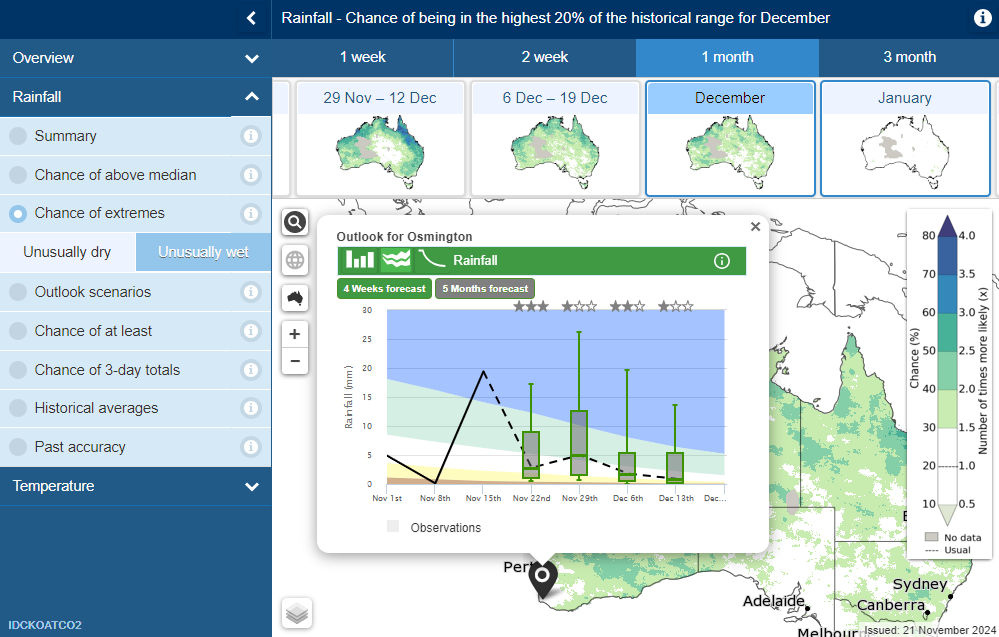Significant changes to BOM’s long-range forecasts in 2025
13 February 2025
Key points:
- The Bureau of Meteorology (BOM) will reduce its emphasis on climate indicators (i.e. El Niño and La Niña) and will stop issuing updates relating to these indicators.
- There will be an increased focus on long-range forecasts which capture all ocean and atmospheric conditions.
From December 2024, the Bureau of Meteorology (BOM) implemented significant changes to its long-range forecasts. The Bureau is continuing to reduce its emphasis on climate indicators, previously referred to as climate drivers, like El Niño and La Niña.
The changes will encourage people to focus on its long-range forecasts – which capture all ocean and atmospheric conditions that affect seasonal weather – rather than just a few climate indicators.
According to BOM, focusing on long-range forecasts will allow them to capture all global environmental factors that influence Australian weather, rather than just a handful of sea surface temperatures, to build the outlook.
As a result, the Bureau will stop issuing updates and alert statements relating to climate indicators, such as the ENSO dial.
What does this mean for agriculture?
BOM is suggesting key industry stakeholders make decisions for their agricultural enterprise based on the Bureau’s long-range forecasts. These will become the more reliable prediction method in the foreseeable future.

Caption: Example of the BOM website and the information available Source: Bureau of Meteorology
Given the change in reporting, it is a possibility that industry stakeholders with limited time and knowledge regarding ocean and atmospheric conditions may look towards international weather agencies for more digestible information regarding the weather.
Attribute content to: Emily Tan, MLA Market Information Analyst


